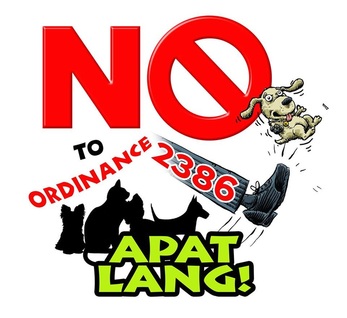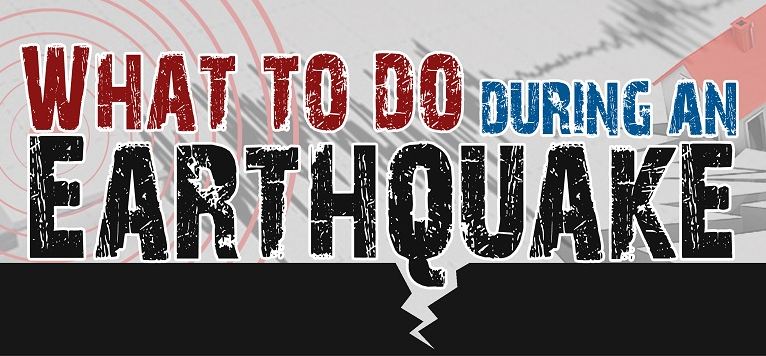QUEZON City, Philippines (Eagle News Service, May 12) – Last March, the Quezon City government issued a controversial ordinance which limited the number of pets a resident can have. Said ordinance was met with protests, with prominent animal welfare groups leading the mass actions.

To the relief of animal lovers, the said ordinance was later superseded by a new ordinance which technically has the effect of repealing the previous controversial.
Of course, this is just one example of many ordinances passed by various local government units that may have met with protests due to their controversial nature.
So, what makes an ordinance valid?
But first, let’s find out what is an ordinance?
Commonly, ordinance has been defined as a piece of legislation enacted by a local government unit. All local government units, from the barangay to the province, can pass an ordinance. But such power is subject to various limitations, one of which is that said ordinance must be valid.
 To check if an ordinance is valid, the Supreme Court of the Philippines has laid down the guidelines for a valid ordinance.
To check if an ordinance is valid, the Supreme Court of the Philippines has laid down the guidelines for a valid ordinance.
First, the ordinance must not exceed the corporate powers of the local government unit can enact. The power of the local government units to enact ordinances has a wide scope provided that it is beneficial for the general welfare of its constituents, consistent with the provisions of the Constitution for local autonomy.
Second, said ordinance must be passed in accordance with the procedure required by law like the required quorum, majority of votes, public consultation and others.
The two abovementioned requirements are known as the formal requirements of a valid ordinance.
Besides the formal requirements, the ordinance must also comply with the following substantial requirements: it must not contravene the Constitution or any statute; it must not be unfair or oppressive; it must not be partial or discriminatory; it must not prohibit but it can regulate trade; it must be general and consistent with public policy; and lastly, it must not be unreasonable.
Now that we know the test for a valid ordinance, we can now apply it to ordinances enacted by the local government units that we belong to and find out if it is valid or not.
(ENS, written by Jay Paul Carlos, additional research by Aimee Mendoza)








